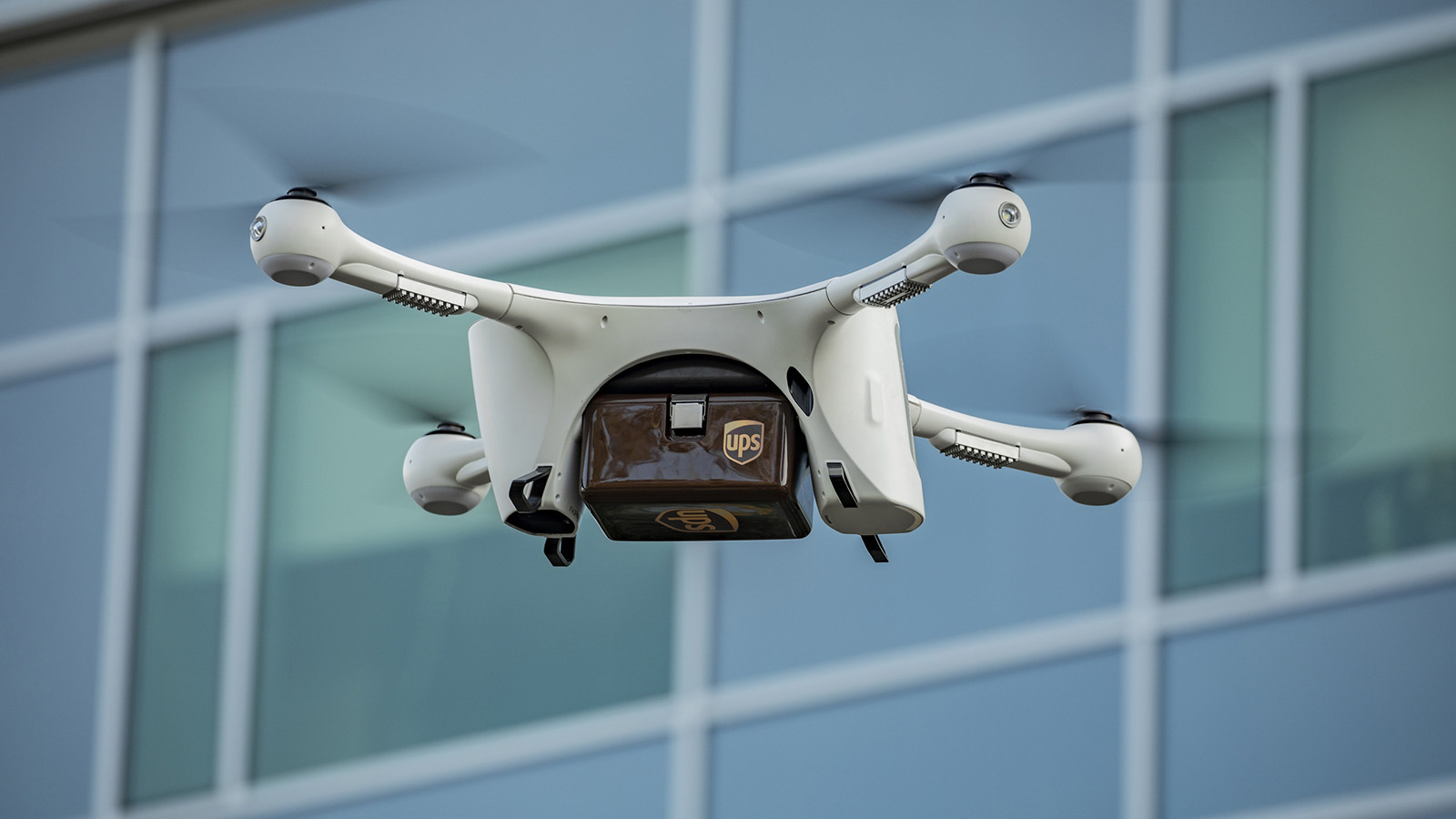Stay Up to Date
Submit your email address to receive the latest industry and Aerospace America news.
Benefits of BVLOS could extend beyond drones to automated air taxis
If air taxis services are to spread widely, their operators might need to control multiple aircraft from the ground, thus saving the expense of training thousands of onboard pilots. That will require beyond visual line of sight operations, a field being pioneered by commercial drone operators, so far without rapid success.
Currently, commercial drone pilots who want to steer their aircraft beyond visual range must obtain a waiver from FAA’s Part 107 rules, which license remote pilots only for visual line of sight operations, or a company can obtain a Part 135 certification that allows it to fly BVLOS in restricted, lightly populated areas. That’s the case with Zipline, a California company that has delivered packages for Walmart, and also Amazon Prime Air.
In March, though, an FAA rulemaking committee recommended in a 400-page report that the agency put in a place a process for eventually allowing BVLOS drone flights without waivers. The committee wants FAA to permit operators to rely on “see and avoid” tools, and for FAA to develop a remote pilot license with “BVLOS rating,” among other steps.
To learn more about the development of BVLOS regulations, I spoke with two experts, Dan Macchiarella, a professor at Embry-Riddle Aeronautical University in Florida, and Stuart Ginn, president of the nonprofit North Carolina-based Coalition for Advanced Health Mobility, which advocates for drone delivery in health care.
BVLOS certification is coming, but no one knows exactly when, Macchiarella says. “Some definitely say the FAA is being too cautious and taking too long, but I won’t offer an opinion on that.”
He says FAA will have more assurance about drones once it requires, starting in 2023, that all unoccupied aircraft automatically report their position when they fly.
“Once that happens, then the FAA knows where all unmanned systems are, and the technology for safe BVLOS will be complete,” he says.
But FAA may await more action by Congress before it allows widespread flights by thousands of drones over urban areas, he predicts.
“FAA is concerned about imperiling the National Airspace System. They don’t want some drone to fly in and cause damage to any aircraft that’s carrying people,” Macchiarella says.
Meanwhile, use of BVLOS drones in limited areas — especially over water or unpopulated areas — continues, he says, such as Embry-Riddle’s Turtle Tech program, which has an FAA BVLOS waiver to fly drones over the Atlantic Ocean to monitor sea turtles.
“Our waiver requires that we put out visual observers, who watch the airspace for other aircraft. They communicate using radios with each other and with our ground control station,” he says. “The station also picks up ADS-B [Automatic Dependent Surveillance-Broadcast] from the ground from other aircraft, which are then depicted on our screen.”
When a Turtle Tech drone recognizes other aircraft with its onboard optical sensors and artificial intelligence, the remote pilots are required to step in and command the drone to alter course until the airspace is clear again.
When it comes to flying passengers on remotely piloted aircraft, it’s not clear when or how FAA might act, Macchiarella says. “I don’t know how that will turn out. I don’t know if anybody does.”
On the topic of health care, interest in BVLOS drone deliveries for everything from blood samples to transplant organs has been growing in recent years, says Ginn, the founder of the Coalition for Advanced Health Mobility.
“We’re trying to demonstrate that we are a ready group of customers, that there’s a lot of demand for drone delivery in health care,” he adds.
While much attention has been given to problems with transporting organs, Ginn says drones could help in smaller ways to deliver things like laboratory samples and medicine.
“The organ transportation problem is well documented. Unfortunately, the technology isn’t there yet to handle organ transport via drone, primarily because most organs need to be moved hundreds of miles.”
He helped coordinate a three-year trial program that ended in 2021 to deliver blood samples and other medical supplies by drone to a laboratory at WakeMed hospital in Raleigh, North Carolina, where he is an ear, nose and throat surgeon. The trial program was a partnership among WakeMed, UPS, the FAA, North Carolina Department of Transportation and drone manufacturer Matternet of Silicon Valley.
Matternet’s M2 drone carried a certified UPS box packed with the samples from one WakeMed campus to another, half a kilometer away in just minutes, compared to an hour or more when delivered by truck.
Though considered a success, the program was discontinued when FAA waivers ended.
“FAA will not legally allow us or anyone else to fly beyond visual line of sight without the waiver,” Ginn says. “When we started, we were told we may be able to make it permanent in a year or so, and I think the regulators believed that at the time. But this is completely new technology, so it has taken longer than anyone expected.”
Get the latest news about advanced air mobility delivered to your inbox every two weeks.
About paul brinkmann
Paul covers advanced air mobility, space launches and more for our website and the quarterly magazine. Paul joined us in 2022 and is based near Kennedy Space Center in Florida. He previously covered aerospace for United Press International and the Orlando Sentinel.
Related Posts
Stay Up to Date
Submit your email address to receive the latest industry and Aerospace America news.





